Biology Reference
In-Depth Information
distinct architecture that features mushroom-like structures, water
channels, and pores. A mature biofilm allows bacteria dispersion to
colonize new niches. The role of curli fibres in biofilm development
is mostly in the initial adhesion steps and in the acquirement of the
matured morphology.
Though formation of bacterial biofilms has been known for
almost a century, it was only a decade ago that the curli extracellular
matrix was recognized to be composed of amyloid fibres. Indeed, curli
were among the first naturally occurring amyloids to be identified.
4
The mechanism of curli biogenesis and the molecular basis of its
functions are further discussed in this chapter.
7.2
The Curli Gene Cluster
Curli formation requires the transcription of proteins from two
divergent operons denoted as the
csg
gene cluster in
E
.
coli
,
csgBAC
and
(Fig. 7.1). A homologous system that was identified in
Salmonella spp
csgDEFG
., comprised of the
agfBAC
and
agfDEFG
operons, was
5
demonstrated to complement the
The assembly of the
fibres requires the secretion and extracellular self-assembly of the
major curli subunit protein, CsgA (15 kDa), and involves a specific
membrane bound nucleator protein, CsgB (15 kDa, the minor curli
subunit). CsgB directs the polymerization of the curli fibres from
the bacteria surface
csg
genes.
6-8
and share sequence similarity with CsgA
(~30% identity). The function of CsgC is yet unclear. However, it was
suggested to facilitate AgfA (CsgA) correct extracellular assembly, as
agfC
−
strain produced fimbriae with different morphology than that
produced by the wild type.
9
, entirely
encodes for non-structural accessory proteins that are essential for
curli biogenesis. CsgD acts as a positive regulator of
The second operon,
csgDEFG
csgBAC
operon
6,10
transcription.
CsgG is an outer membrane lipoprotein that
mediates the secretion of CsgA and CsgB proteins.
4,11,12
CsgE and
CsgF are periplasmic proteins that interact with CsgG in the outer
membrane.
9,12
mutants that do not produce CsgE are defective
in curli assembly and produce very low amount of CsgA fibres that
are morphologically distinct from the wild-type fibres.
E
.
coli
4,12
In contrast,
E
bacteria that do not produce the CsgF protein are still able
to secrete soluble CsgA and form fibres that are indistinguishable
.
coli

Search WWH ::

Custom Search